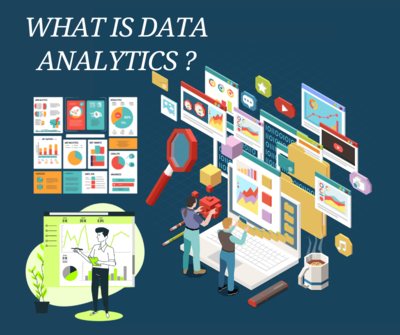Linux vs Windows: A Battle of Operating Systems
Setting the Stage: Imagine two superheroes of the tech world – Linux and Windows. Each has its unique powers, and people around the globe cheer for their favorite. Let’s dive into the exciting showdown to discover why Linux might be the ultimate superhero you’ve been waiting for. How It Looks and Feels Windows is like your favorite cozy sweater – familiar and comfy. It’s been the go-to choice for many, akin to a classic superhero with a reliable costume. Linux, on the other hand, is like a superhero costume – it can be whatever you want it to be. If you like to personalize and make things your own, Linux is the cool superhero costume you can design, adding an extra layer of uniqueness to your tech experience. Speed and Stability Picture Windows as a big, fancy car. It’s nice, but it needs a lot of fuel to keep running smoothly. Now, imagine Linux as a super-efficient bike – it zooms ahead without needing much, ensuring a sleek and fast-paced journey. Linux wins this round because it’s like having a superhero bike that doesn’t just save you time but also resources, making it an eco-friendly choice in the tech superhero arena. Playing Nice with Software Windows has a big party with lots of games and apps. Linux, evolving into a versatile hero, is like the cool friend who might not have all the games but is catching up fast. It’s working hard to join the party, and more and more friends are starting to notice Linux’s cool moves. With an expanding repertoire of compatible software, Linux is becoming the dynamic superhero friend who adapts to the changing tech landscape, showcasing its ability to stay relevant in a world of constant innovation. Sharing Secrets or Keeping Them? Linux is like an open book, showing everyone its superhero moves. It’s built on the principles of transparency and collaboration, making it an inviting choice for tech enthusiasts. Windows, on the other hand, keeps some secrets hidden. People love Linux because it’s like having a superhero friend who not only shares everything openly but also encourages others to contribute to the collective knowledge pool, fostering a sense of community and shared learning. Staying Safe and Sound Imagine Windows as a superhero with a strong shield, and Linux as a superhero with a smart plan to avoid trouble. Both are good, but Linux’s plan is getting lots of cheers lately. It’s like having a superhero friend who always thinks ahead to keep you safe, employing strategic measures to ensure a secure tech environment. Linux’s commitment to safety is making it the superhero buddy everyone can rely on for a smooth and protected digital journey, emphasizing the importance of a proactive approach to cybersecurity. Linux Takes the Crown! In this amazing battle, Linux emerges as the ultimate superhero. With its customizable looks, speedy performance, growing list of games, open-book nature, and smart safety plan, Linux is the superhero friend everyone wants. It’s like having a superhero buddy that not only listens to what you want but always has your back, making it the indisputable champion in the world of operating systems. Closing Thoughts: In the tech world, choosing between Linux and Windows is like picking your superhero sidekick. While both have their cool features, Linux is the superhero friend winning hearts with its superpowers. So, if you’re ready for a tech adventure, consider teaming up with Linux, your reliable superhero in the world of operating systems! Learn Linux and discover your own tech superpowers with our Linux courses. Prepare for an enhancement! Check out our various courses to boost your tech skills and gain an extra advantage in this constantly changing digital world. Talk to our career Counselor The Career Counselor helps You Chat With Us
Linux vs Windows: A Battle of Operating Systems Read More »






